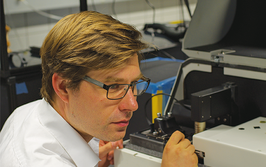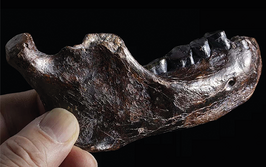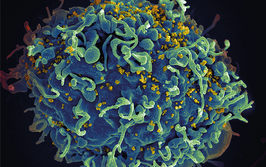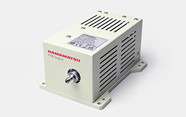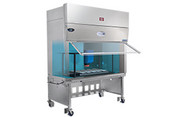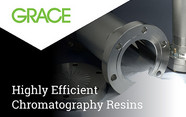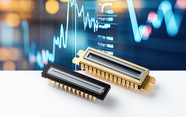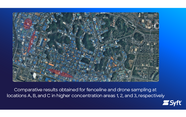Maximum efficiency coupled with high productivity
raceCLEAN Automated Acid Reflux Cleaning System assures best cleaning quality of your TFM, glass and quartz parts for ICP/ICP-MS accessories.

contributed by Milestone |
A major consideration for any laboratory carrying out elemental determinations by ICP-OES and ICP-MS is the increasing demand to achieve lower detection limits. The analytical instrument is just one part of achieving the lowest limits of detection. Laboratories must also ensure their sample preparation procedure does not contribute any additional sources of contamination that will negatively impact their overall detection capability. The factors to consider when looking to minimize contamination and reduce blank levels while preparing samples for analysis by plasma spectrochemistry include equipment cleanliness, reagent purity, quality of materials, and the digestion procedure itself. In this technical note, we will examine different methods of cleaning microwave digestion vessels, instrument components, and labware.
Approaches for cleaning equipment
To achieve high-quality blanks when using microwave digestion, pre-cleaning of the vessels is critically important. It is insufficient to simply wash or soak vessel liners in dilute acid. The surface of PTFE is porous and will take up trace amounts of digest solution at elevated temperatures, especially as it “ages” with continued use. Running a blank in a vessel previously used to digest a sample, without thorough cleaning, will lead to blank contamination and degraded detection capability.
Log in or register to read this article in full and gain access to The Analytical Scientist’s entire content archive. It’s FREE!
